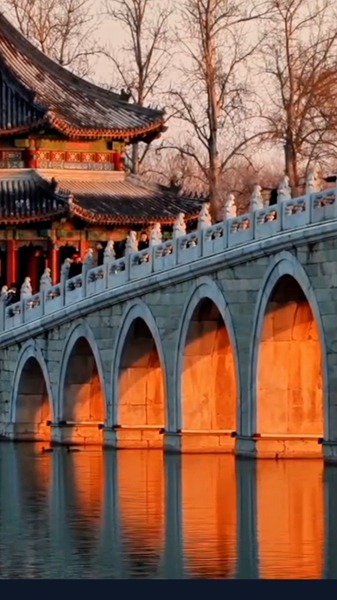On the shifting edges of the Taklamakan Desert in Yutian County in the Xinjiang Uygur Autonomous Region, Jia Cunpeng, Secretary of the Forestry and Grassland Bureau, sees more than dunes—he sees potential.
“Sand is a good thing too. Don’t hate it—learn to love it.”
For over a decade, Jia has led a bold experiment: leveling drifting sands, planting medicinal herbs and testing natural solutions that anchor soil and nurture new life. His work aims to turn an ecological challenge into an economic opportunity, showing how communities can reclaim land while creating value from the earth’s hidden resources.
Balancing Ecology and Economy
Jia’s project uses low-impact techniques to stabilize the sand, from gentle terracing to the selection of hardy herb species. As roots take hold, soil quality improves, preventing further erosion and offering fresh yields for local growers. Early results hint at a scalable model for desert fringes worldwide.
A Blueprint for Global Action
While desertification remains a pressing issue in many regions, initiatives like Jia’s demonstrate a path forward: collaboration between scientists, communities and policymakers can cultivate resilience in the harshest environments. In the vast wind and dust, hope grows—one seed at a time.
Reference(s):
cgtn.com


